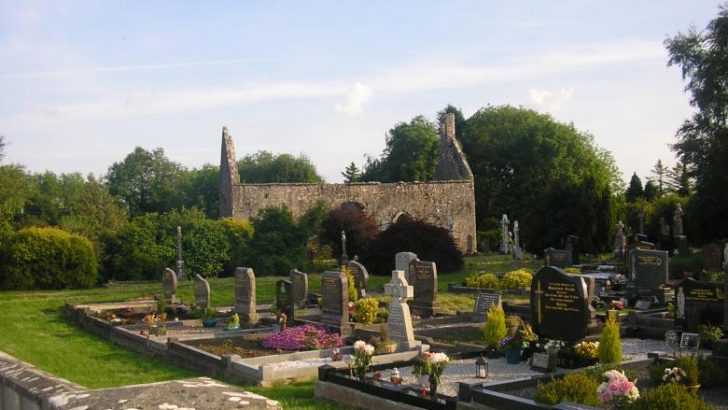The Notebook
Fr Conor McDonough
In the late afternoon of Holy Saturday last I found myself huffing and puffing down a windy, bumpy road in Glendalough. I had lost the pilgrim group I was meant to be leading, and I wasn’t sure if this path led back to the monastery, where our lift was waiting for us. Naturally enough, I asked all of those walking in the opposite direction if I was on the right road, and each and every one gave me the same bemused look and similar replies: “To the monastery? Not a clue…”
This uncertainty added to my panic, but eventually I began to wonder whether these hikers realised the valley they were in was home to an ancient and important monastery, so, to test my hypothesis, I changed my question for the next person I met: “Does this road lead back to a car-park?”
“It sure does, man, straight on!”
Religous literacy
Among my generation, the decline in religious literacy is a problem. I’m not speaking here about faith in Christ as such, merely awareness of the Christian culture that we have inherited: music, art, forms of prayer and the sacred geography of wells, holy mountains and monasteries.
Now this decline is certainly to be lamented, but it can be a helpful wake-up call for people of faith too. When was the last time you took a spin out to a holy site in your area? From Derry to Ferns, from Tallaght to Aran, Ireland is covered with stunning examples of monastic ruins, and, with the advent of the internet, it requires no specialist knowledge to discover them.
Just visit monastic.ie or the Early Christian section of megalithicireland.com, or have a look at the county-by-county list of monastic houses in Ireland on Wikipedia. You’ll have no trouble identifying a site, and with a bit of help from Google Maps, you’ll have no trouble getting there!
The week after Easter I decided with my mother to make the most of a drizzly day, and to visit an unexplored site: Annaghdown. We took an unfamiliar turn off a very familiar road and ended up in a place of extraordinary peace on the shores of Lough Corrib.
We were welcomed by a quiet herd of deer and wandered in silence around the churches and houses of canons and canonesses and the ancient cathedral, with their stunning samples of Romanesque sculpture.
These sites are not neutral spaces: Annaghdown, Glendalough or any monastery you might discover on your own this summer. They had been the home of prayer for centuries, and it’s hard not to hear a distant echo of chanted praise in these sanctuaries, and to join in.
***
The great Anglican historian Gregory Dix wrote beautifully about the experience of connecting with Christian heritage: “To those who know a little of Christian history probably the most moving of all the reflections it brings is not the thoughts of the great events and the well-remembered saints, but of those innumerable millions of entirely obscure faithful men and women, every one with his or her own individual hopes and fears and joys and sorrows and loves – and sins and temptations and prayers – once every whit as vivid and alive as mine are now.
“They have left not the slightest trace in this world, not even a name, but have passed to God utterly forgotten by men. Yet each of them once believed and prayed as I believe and pray, and found it hard and grew slack and sinned and repented and fell again.
“Each of them worshipped at the Eucharist, and found their thoughts wandering and tried again, and felt heavy and unresponsive and yet knew – just as really and pathetically as I do these things.
“The sheer stupendous quantity of the love of God which this ever repeated action has drawn from the obscure Christian multitudes through the centuries is in itself an overwhelming thought.”
***
Some years ago I went looking, with some fellow friars, for the remote Dominican ruins at Toombeola, Connemara. Without GPS, we had to stop and ask whatever locals we could find.
One boy looked utterly stunned to be asked the way to Toombeola. He was used to being asked the way to Roundstone, or to Galway, but not to Toombeola. “It’s here!” he said, in utter amazement.


 Annaghdown, Galway
Credit: Ireland XO
Annaghdown, Galway
Credit: Ireland XO 